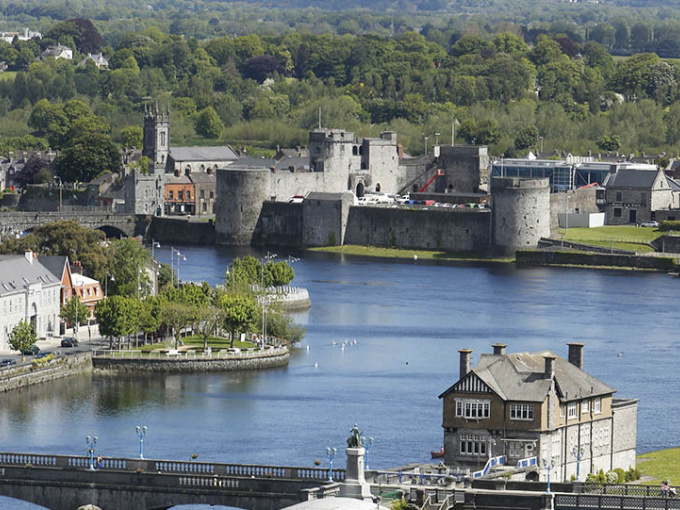St Martin's Fair: A conference on Medieval Limerick and its international connections, 28-31 October 2019

Frontier settlements are cosmopolitan places, attracting a migratory population of optimists and adventurers. As the twelfth century began, Limerick was the westernmost trading town of a dynasty claiming authority over almost all Ireland as well as the Isle of Man and its bishop, seen externally as the key royal councillor, was the appointed representative of the Roman papacy. As the twelfth century ended, Limerick had become the newly conquered Atlantic outpost of an Angevin dynasty claiming authority over the whole of England and western France, as well as large parts of lowland Scotland, Wales and Ireland. The wanderings of Limerick merchants extended from Iceland in the north to Jerusalem in the east and they had the royal imprimatur to trade freely throughout the Angevin empire. The town, tiny by today’s standards, contained a royal mint, a royal garrison and the beginnings of a royal system of court justice as well as a cathedral church and a chapter of canons. The earlier O’Brien kings still oversaw vital elements such as the town harbour and were capable of patronising both Dominican preaching friars and Cistercian pastoralists within the town walls and in the crowded streets, Welsh, Norse, English, French, Flemish and Irish voices could all be heard.
This lively, bustling society is well recorded in contemporary charters and, in particular, in the Black Book of Limerick, a cartulary of St Mary’s Cathedral put together in the later fourteenth century. On the 28-31 October 2019, a four-day international conference to celebrate this international inheritance has been organised on King’s Island under the aegis of the Thomond Archaeological and Historical Society and supported by the Irish Research Council. Speakers from Norway, Scotland, England, Germany and Ireland will explore the men and women who populated the frontier town, their international contacts and the nature of their lives in the new settlements of mid-West Ireland.
Further information, including the conference programme, is available here.



